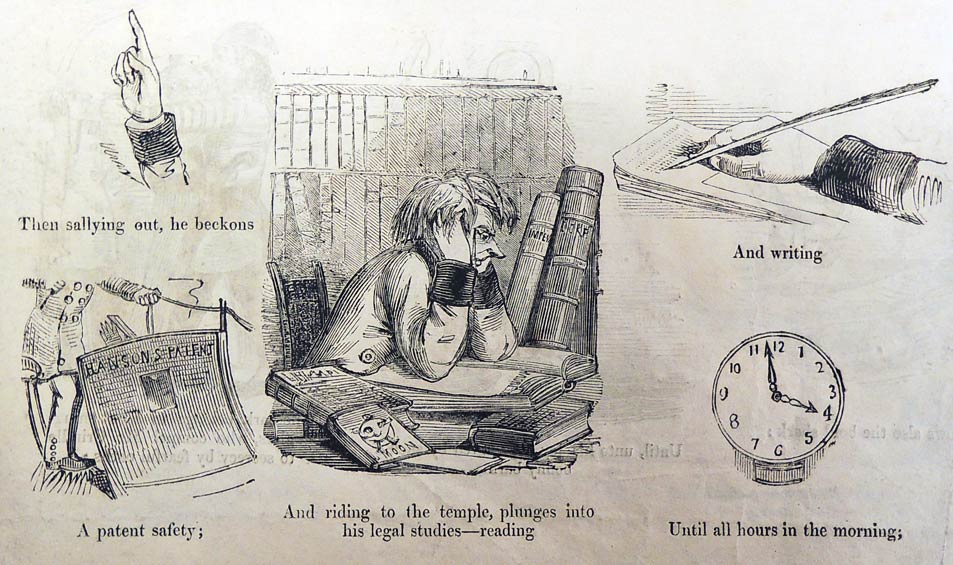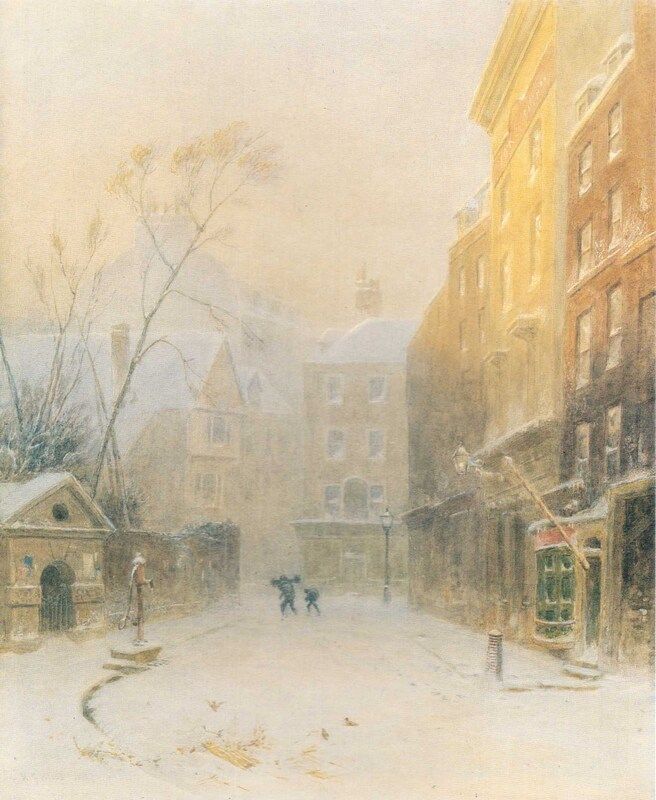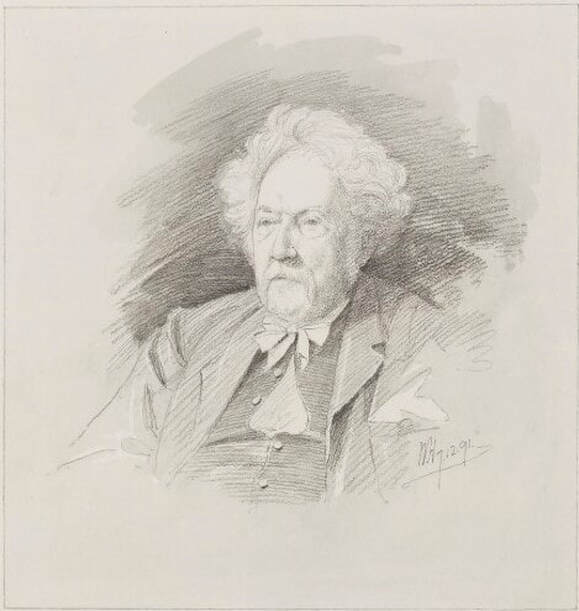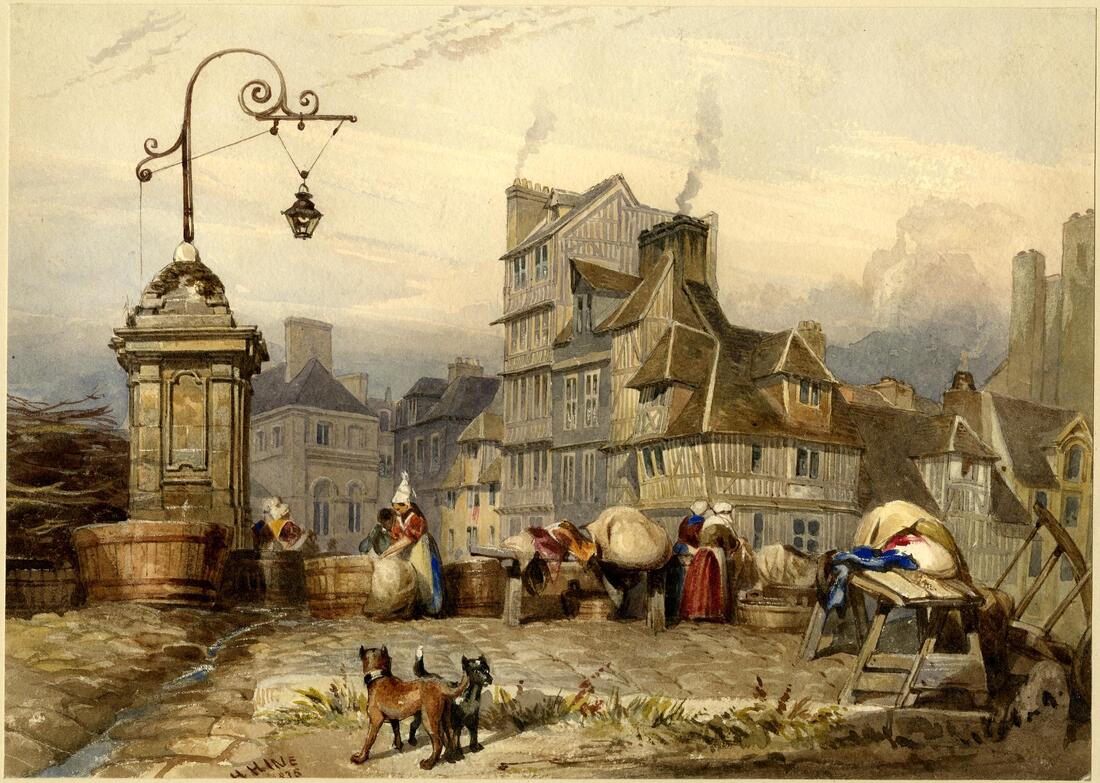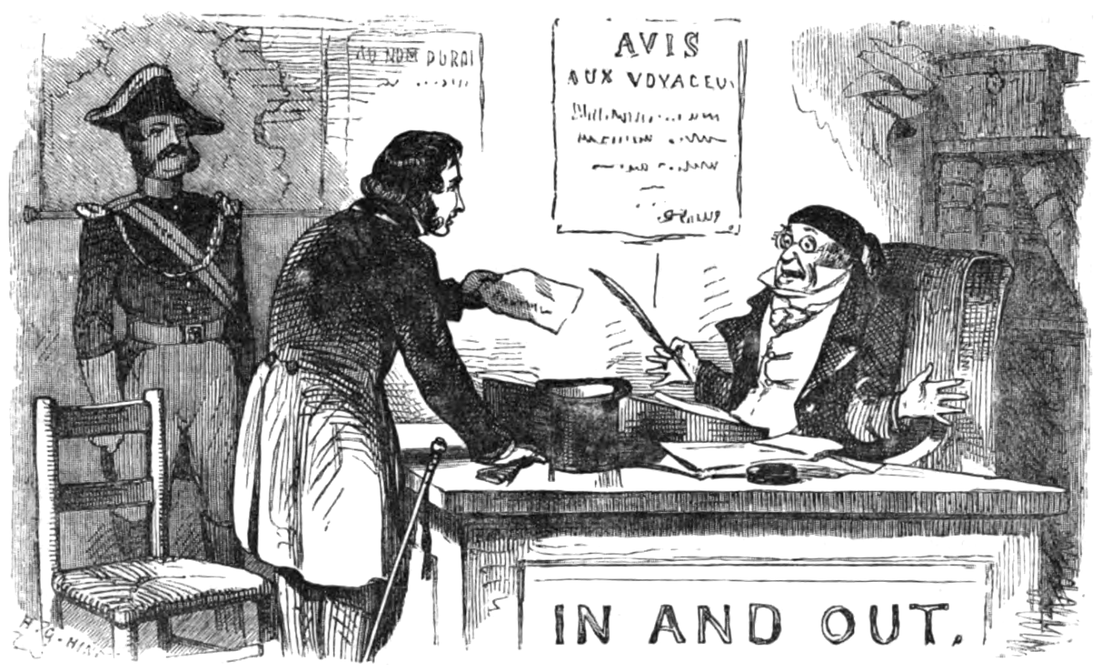‘Biography is one of the most popular and widely read of literary genres. It can also be controversial, scandalous, and hotly debated. And it is by no means a fixed or stable form of literature. Biography has gone through many centuries of change and exists in many different versions.’[1] Documenting ancestor’s lives and bringing together family history as a narrative creates a position of both power and responsibility. Not least, over what form the account will take, what to include and what to lose to the cutting room floor. It is the culmination of years of research come to fruition. The stories of the good, the bad, the bigamous, the unmarried, the criminal or the victim all waiting to spill out onto the page. But where to begin? And is it ‘right’ to include everything ‘warts and all’ because it has been unearthed? The October issue of Family Tree Magazine contains my article discussing this issue.[2] It also covers some other considerations faced when writing ancestors stories (moral and otherwise) based on the results of a questionnaire circulated in June. The same issue contains an exclusive feature on house history by David Olusoga, presenter of BBC2’s ‘A House in Time’. A great article that builds on last month’s blog looking at creating immersive historical settings. In preparation for the companion piece focusing on the ‘practicalities’ of writing ancestor biographies, this month I look at some stylistic ways it can be easily achieved. It can be a lot of fun! Plus, many methods outlined can also act as a research aide memoir by highlighting gaps in knowledge. ‘Cradle to Grave’ is the traditional style or method favoured by family historians. It is customary to begin with a birth and follow a chronological path through life and achievements to the point of departure. But there are many other ways to approach writing family history and ancestral stories and, they don’t all have to begin at the beginning or with a birth! Here are a few alternative tactics that work well in the context of family history:
There are at least two further approaches. One will be familiar to all family historians (the Obituary style) and another that took me a bit by surprise! During five days of intensive life writing workshops, author Richard Skinner set a task to research and gather as much information as possible about a favourite ‘artist’. The research time given was one afternoon! The information amassed was to form the basis of the next day’s writing challenge. But at the time of the research, that challenge was unknown. Portrait of a Painter - Henry George Hine 1811 - 1895My knowledge of the world of art is somewhat limited, but the well-known watercolourist Henry George Hine immediately came to mind. He was the husband of a third great aunt, Mary Ann Eliza Egerton, so I already knew something about him too. An interesting man who preferred a ‘simple kindly life’ and had great stories to tell. He was a prolific artist whose pictures are rich in historic detail. They reflect a bygone era and provide powerful vignettes of social history. Those of Brighton are useful records of the town’s history with its fish quay, promenade and bathing huts. Other paintings depicting scenes such as a cattle train on a viaduct, London washerwoman at work and a fire in Drury Lane are three others that offer rich glimpses into the past. Hine himself often reflected on the Brighton of his childhood recounting the tales to friends and family along with the legend of a highwayman ancestor hanged during the time of Cromwell. My January 2019 blog also mentions the family. In it, I aim to dispel a few myths concerning the Egerton family pedigree and speculate whether coaching connections may have brought the couple together. It is only speculation, as Mary Ann was to become an accomplished artist in her own right. She exhibited a figurative watercolour at the Dudley Gallery in 1873. The couple had a staggering fifteen children of whom only one did not make adulthood. I also mention two of his youngest daughters who were founding members of the ‘Peasant Arts Society’ in Haslemere Surrey. But so many aspects of this couple’s life have an interesting back story. The history and site of Saint Marks Church, Kennington, where the couple married in November 1840, is worthy of its own chapter. But I digress! Faber Workshops & Writing Challenges• The interview or question and answer method. When Richard outlined the writing challenge the following morning, my heart hit my boots. ‘Interview your chosen artist in five questions.’ How do you interview an ancestor who died in 1895, let alone know what questions to ask? Believing myself well prepared for the day’s exercises, my confidence flew out of the window and blind panic set in. On top of this horrendous challenge was a time limit of 45 minutes. I was having premonitions of a blank page at the end of the allotted time and sitting back to enjoy my writing partner’s piece of literary genius! Where to even start such an endeavour? I looked to Henry himself for guidance and started to write … I am looking at the 80-year-old man in an 1891 sketch by Walker Hodgson. His mass of white, leonine hair is set high and Einstein-Esque above an intelligent forehead. His kindly eyes gaze over his long nose, drooping moustache and feathery beard to a point in the distance somewhere beyond my left shoulder. I imagine ‘chewing the fat’ over a cup of hot chocolate with this portly fellow with the immaculate bow tie, waistcoat unbuttoned to accommodate his form and handkerchief, wilting in a top pocket. I want to ask him about his life and experiences that culminated in the vice presidency of the Royal Institute of Painters in Watercolours. A position he held from 1887 to his death in 1895. Although I didn’t finish the challenge in the allotted time, I was not left looking at a blank screen either. Yes, the first question was about where he was born, but it needn’t have been! In my haste to put words on the page, I framed the questions around answers I knew. But none of the details are fictitious and where possible, Henry’s ‘own voice’ has been used. As I began scribbling, I remembered the book ‘Round about a Brighton Coach Office’, a selection of his stories retold and published by his daughter Maude. Using extracts from the book and combining them with other known facts formed the basis of Henry’s answers. As coincidence would have it, the afternoon’s challenge was an Obituary, the style of which is popular and well-known amongst family historians. • Obituary style or ‘Beginning at the End’ As well as containing details of funeral arrangements, an obituary of a well-known figure often comprises a brief biographical overview of their life. Adopting this approach essentially begins an individual’s story at the point where it ends. The main focus is almost always specific achievements. This time there was a limit of 500 words on top of the 45 minutes of writing time. What follows is my attempt, which, although roughly completed within the time, is not great but will hopefully inspire you to give it go! On the 16th March 1895, at his home in Gayton Crescent, Hampstead, in his 84th year, renowned watercolour artist Henry George Hine laid down his paintbrush for the last time. I confess to writing the beginning and the end first and then ‘putting the jam in the sandwich’. Cheating, but at least it provides some form of narrative arc to the 481 words used! But it is the sharp contrast in language and tone between the two exercises that is so dramatic. The Q&A is more personal and the subject feels close and alive, whereas the Obituary is altogether more formal and the subject quite distant. It is interesting to see how much the different approaches affect the result in such a radical way. An interview or Q&A with a deceased ancestor is not something I would ever have thought of trying before, but it is a method and style I will try again. I can also see its benefit as a focus and framework for questions to pose to the living too! The reason for sharing the exercises above is to inspire you to be bold and have a go yourselves! Choose a style, set a clock for half an hour or 45 minutes and just get scribbling. (Setting a short time limit can be an effective motivator.) Then, why not share your results with others. They may look differently on family history after reading your work! [1] Hermione Lee. Biography A Very Short Introduction. Oxford 2009. [2] Family Tree Magazine, October Issue on sale from the 10th September either in print or online https://www.family-tree.co.uk/store/back-issues/family-tree-magazine Useful LinksSt Mark's Church Kennington,
https://stmarkskennington.org/about/history/ Explore a further selection of Henry's Paintings at Watercolour World www.watercolourworld.org/search?query=Henry+George+Hine&displayCount=24 A highly informative website about the peasant art movement and its people. Peasant Arts - Haslemere http://peasant-arts.blogspot.com/p/introduction.html A wonderfully illustrated copy of Henry's tales retold by his daughter Maude. Archive.org 'Round About a Brighton Coach Office' Maude Egerton King with illustrations by Lucy Kemp Welsh. https://archive.org/details/roundaboutbright00king/page/n9/mode/2up
0 Comments
Leave a Reply. |
AuthorSusie Douglas Archives
August 2022
Categories |
Copyright © 2013 Borders Ancestry
Borders Ancestry is registered with the Information Commissioner's Office No ZA226102 https://ico.org.uk. Read our Privacy Policy
